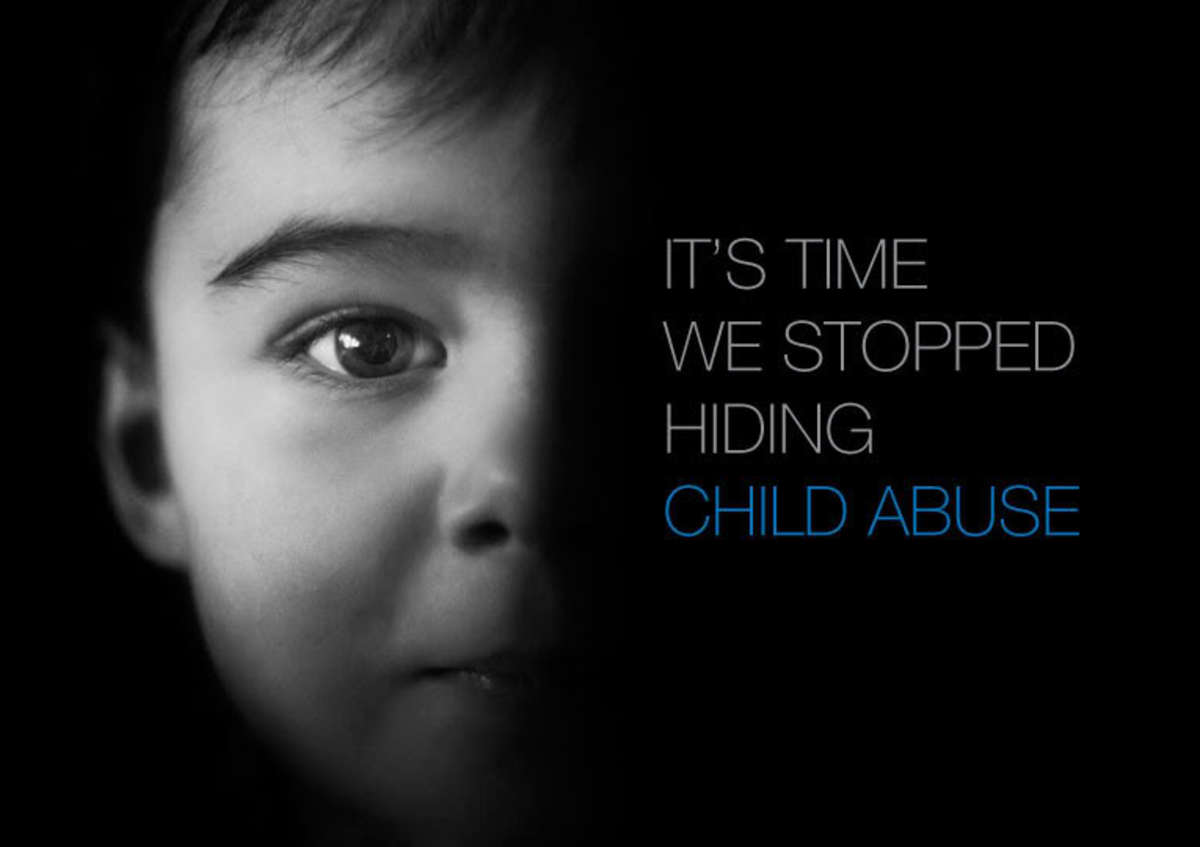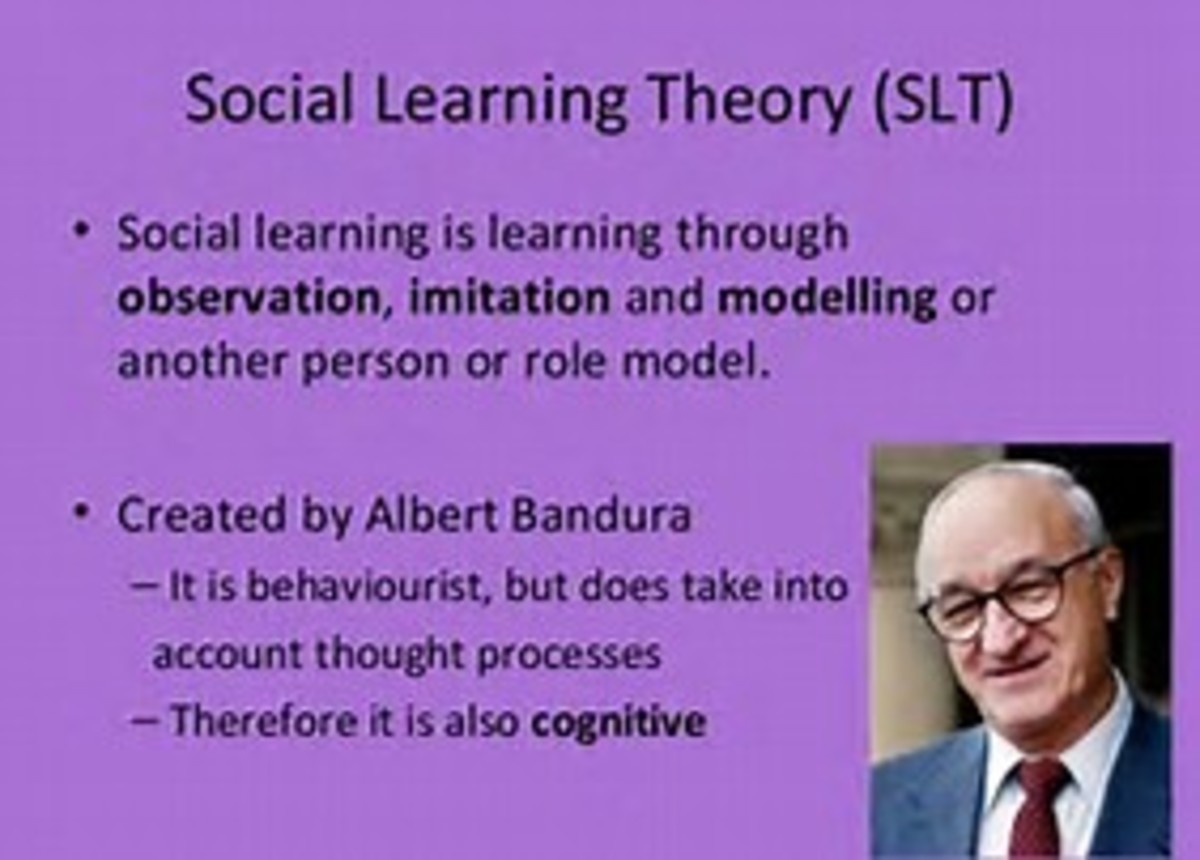Attachment Theory: Connecting to the World
Attachment Types
With the assistance of John Bowlby, Mary Ainsworth, and influences of other notable figures, 4 attachment types have been noted. The attachment types are secure, anxious-avoidant, anxious-ambivalent or resistant, and disorganized or disconnected (Zilberstein, 2014). Parents who respond to and are sensitive to their child’s needs often aid in the likelihood of a secure attachment being formed within their child. These parents respond by using emotions in verbal communication and nonverbally by using facial expressions and body language. This verbal and nonverbal behavior implies that the parent is aware and receptive to the child’s behaviors. It also allows the child to feel confident and able to trust that their parents will be physically and emotionally available to their needs. When this secure attachment or solid foundation is available to the child it allows them to explore unfamiliar situations, if the unfamiliar territory yields to be too strenuous for the child, the secure parent will quickly repair the damage done and rebuild the child’s security for future exploration and experiences.

When caretakers or parents are unavailable emotionally, physically, or are only able to respond to the child’s stresses and insecure attachment forms. Anxious avoidant children internalize and anxious ambivalent externalize their expressions and responses to their feelings and needs. Then care takers cannot be a comforter to a child when they feel overwhelmed disorganized attachment may form. This attachment is labeled as such because the child involved will toil between wanting and fearing a bond with the caregiver.
With time children with a secure attachment, from infancy to early childhood, will typically search for caregivers in times of distress. During middle childhood children begin to experience different types of needs that prompt attention from the attachment figure. For example sickness, fear of objects or people, accidents, and pain become new threats to the child. This child is also now able to experience threats from their caregiver like separation and conflicts. The older the child becomes the less physical dependency is needed from the caregiver. They learn to depend on others for comfort and support. Teenagers typically request attention from caregivers on a needs only basis and will use peers more frequently for assistance.
Children with insecure attachment typically do not seek an attachment figure when situations arise. When in need these children use defense strategies to avoid the pain or disappointment. In doing so, they are able to tolerate the conditions that tome with their attachment type being avoidant or disorganized. If they type is disorganized the child will defend themselves by disassociating themselves and bypassing their own feelings. This causes the child to remain in a constant state of arousal and this can have adverse effects on the child’s stress response system. This can make them least likely to be able to cope with other types of stressors.
Risk Factors
In a study conducted to measure prenatal methamphetamine exposure as a risk factor to predict child behavior problems at the age of 5, researchers also included the home environment and primary caregiver as risk factors in the prediction (Twomey, 2013). This suggests that although methamphetamine may impact behavior problems, the primary caregiver and attachment style may influence the child’s behavioral problems just as much.
In the methamphetamine exposed group of children living with the primary caregiver who was the biological mother verses those where the primary caregiver was not the biological mother the following data was discovered. Biological mothers were younger, had less education, and used public insurance. They were more likely to have psychological symptoms and partake in recreational drug use. The home environment was of a lower quality, the mothers were less likely to have a partner and were more likely to have a lower socio economic status. Child protective services were more likely to be involved with children of this group and with all of these factors included the children reported higher rates of behavioral problems at the age of 5.

For children living with caregivers who were not their biological mothers, results showed that the caregiver had a higher education, reported less stress, drug usage, and the number of children experiencing behavioral problems was far less than the previous group. This information implies that methamphetamine exposure to children in prenatal years is not the only risk factor in determining their childhood behavior or likelihood of having behavior problems. What was important however was to examine the role of the caregiver in the child’s life. The child is not responsible for creating the attachment between themselves and their caregiver. This places much more emphasis on the caregiver’s role and responsibility to provide the secure attachment for the child to flourish. This study supports the notion that parental influence is heavily responsible for establishing the development of attachment and can also impact whether or not the child will become at risk for other norm deviations.
Attachment in Early Adulthood
Because the effects of attachment influence early childhood, one must wonder how it carries over into adulthood. Attachment theory claims that early attachment experiences are the foundation children refer to as a model for future relationships. There was a study conducted to measure social network sites and usage among college age adults and to explain the correlation between personality characteristics, interpersonal competence, and Facebook use for users of online social media.
The results of the study showed that participants with higher levels of insecure attachment reported lower levels of extraversion, higher levels of neuroticism, and less developed interpersonal competency (Jenkins-Guarnieri, Wright, and Johnson, 2013). They also reported more frequent Facebook use. The results also showed that neuroticism did not directly reflect insecure attachment which suggests that attachment style may be more helpful with predicting interpersonal competence and online social behavior. Results also suggested that attachment style could have an indirect correlation with the use of Facebook when extraversion is a variable.
The researchers believe that in comparison to Bowlby’s attachment theory, their research suggests that college aged young adults with more of a secure attachment will be more comfortable with and in interpersonal relationships. They also suggest that people of this age group will be more comfortable with socialization and with use of socializing online through social networking. More research however must be done to provide more reliable data among other age groups in the US population.
Attachment Theory in Marriage
Another interesting piece of information relating attachment theory to adulthood is the formation of serious relationships. There was a study conducted to measure predict infidelity among married couples based on their childhood attachment style. Those who possess secure attachment have the ability to believe others are available to them and behave as such. When people possess insecure attachment they believe that others are not as available to them. They have high levels of attachment anxiety and tend to compensate by clinging to their partner and require constant reassurance. If they have high levels of attachment avoidance they disregard the availability of others and compensate by avoiding activities that include or require intimacy (Russell, Baker, and, McNulty, 2013)

This information suggests that in response to the lack of secure attachment, marital infidelity will be present. Those experiencing attachment anxiety may feel that their needs of reassurance are not being met and will use sex to further meet their needs. Those with low attachment anxiety may be less likely to seek intimacy with another partner; however individuals with attachment avoidance are least likely to be committed to their partner and will engage in activities of infidelity the most.
The results of the study proved just what the researchers hypothesized. They mentioned however the strengths and weaknesses of the study that were very notable. Strength’s included measuring the frequency of sexual intercourse in the marriage, marital satisfaction, and personality. The limitations suggested that casual conclusions were easily drawn from the study. They only used newlywed couples, married less than 5 years and this data should not be used to generalize results for couples who have been in longer marriage. The definition of infidelity was left open to participants and not clearly defined by researchers leaving room for error on reports. Participants were also only diverse in education and income not in ethnicity. Previous research suggests that African Americans and Hispanic American report marital infidelity more than others.
Conclusion
Throughout all the research findings and information provided it still all boils down to the same concept. Attachment theory whether provided by the birth mother, adoptive mother, or another caregiver is imperative in impacting the child’s well being, how they socialize with those around them, and their future relationships with those close to them. The child is the center, the caregiver is the nurturer and the caregiver should be in a position to provide nourishment to allow a child optimal opportunities for form a secure attachment.
References
Bretherton, I. (1992). The origins of attachment theory: John Bowlby and Mary Ainsworth. Developmental Psychology, 28(5), 759-775.
Jenkins-Guarnieri, M. A., Wright, S. L., & Johnson, B. D. (2013). The interrelationships among attachment style, personality traits, interpersonal competency, and Facebook use. Psychology Of Popular Media Culture, 2(2), 117-131.
Russell, V. M., Baker, L. R., & McNulty, J. K. (2013). Attachment insecurity and infidelity in marriage: Do studies of dating relationships really inform us about marriage?. Journal Of Family Psychology, 27(2), 242-251.
Twomey, J., LaGasse, L., Derauf, C., Newman, E., Shah, R., Smith, L., & ... Lester, B. (2013). Prenatal methamphetamine exposure, home environment, and primary caregiver risk factors predict child behavioral problems at 5 years. American Journal Of Orthopsychiatry, 83(1), 64-72.
Zilberstein, K. (2014). The use and limitations of attachment theory in child psychotherapy. Psychotherapy, 51(1).








